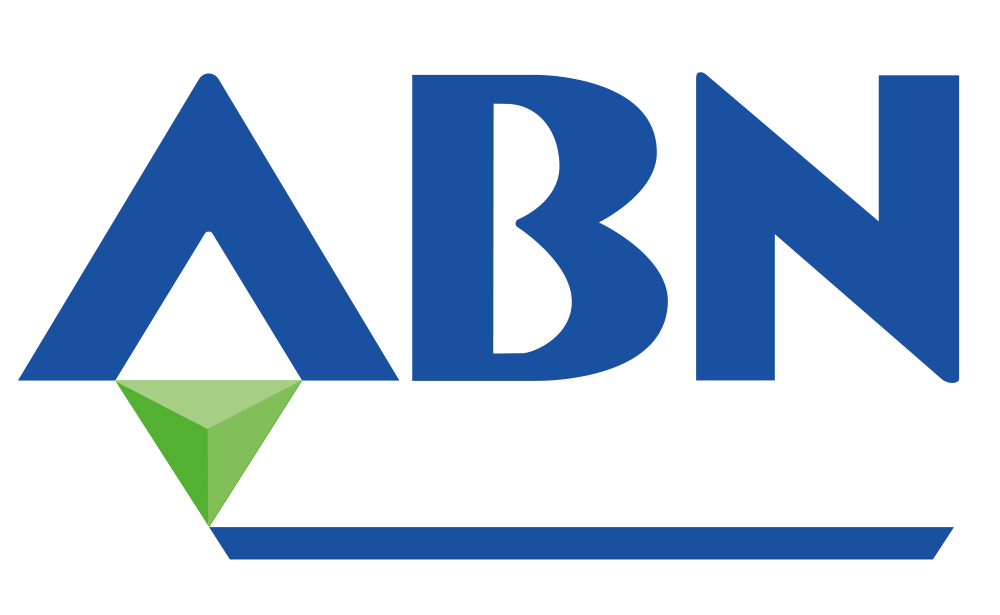
It’s the first week in September and, after a temperamental August weather-wise, a looming mini heatwave should see the last of the UK’s harvest in the barn.
But what a season it’s been!
Last year we had an almost perfect harvest in the UK with hot dry conditions meaning that combines raced ahead, and qualities were very constant. In stark contrast this year a wet July/August led to a stop start harvest which made it harder in the early weeks to access the quality of UK crops. What has become evident as harvest nears its close, is that qualities and yields are far less consistent this season. Yields have varied across the county and even field-by-field with autumn drilling dates and spring rainfall (or lack of it) throwing up wide variations. Farmers were forced to get on and cut at higher moistures this year and at the quality end of the market, milling wheat samples show wide variation in bushel weights proteins and Hagberg’s, meaning that a portion of this year’s milling crops will be finding its way into the feed heap.
A wet harvest across Europe has shown similar issues with wheat qualities. None more so than Germany where heavy rains late on the in the growing season has meant a considerable portion of the German milling wheat crop will be downgraded to feed. This will also be the same story across the Baltic states and Poland, meaning in the short-term there is an oversupply of feed wheat in the spot position across Europe which is seeing feed prices discounted and milling premiums soaring.
When I wrote this article at this point last year, London wheat futures were trading around £270/t, nearly £100/t below the high set in May of that year at £361/t (16/05/2022); today we are £90/t below this time last year, with futures at circa £190/t. Pound Sterling versus the US dollar was trading at around $1.1550 and little did we know a mere three weeks later Kwasi Kwarteng would sink the pound to send GBP/USD to lows of $1.0685 (a figure not seen since May 1986)! Thankfully we have recovered somewhat since then. Also in that time, the cost of compound feed fluctuated anywhere between £250 to £575/t, depending on diets. It is with much relief however, that feed prices are falling and currently sit much closer to the £250/t mark today compared to the £575/t we have seen.
So where do we go from here?
Wheat and barley prices are now trading at two-year lows and whilst the Ukraine/Russia conflict continues, the markets appear uninterested for the time being on building further risk premiums (aka prices moving higher) as Ukrainian grain makes its way over land and river into neighbouring countries. Also, as discussed above, there’s a great deal of feed wheat ‘sloshing’ around Europe currently with very few markets for the grain to move into. Animal feed demand not only across Europe but the rest of the world remains anywhere between 5-15% down on last year, which is also weighing heavy on grain prices.
Having said all that, there are some bullish (aka positive to prices) stories lurking in the background; the corn and soybean crops in the US are rated in the poorest condition since 2012 with a very hot, dry forecast set to continue right up to harvest in a couple of months’ time. The Indian Government has put a ban on rice exports due to a very poor harvest this year. And the Durum wheat crop across Europe (favoured for pasta) has seen quality impacted due to torrential rains in the build up to harvest. We might just be on the cusp of a turnaround in these falling prices.
So sat here today with the harvest practically in the barn, it feels like you can’t go too far wrong if cover was added at two-year lows. As to what the 2023/24 season will bring… well it will all be about politics, politics, politics… and that’s a very different article!
David Andrew
ABN Raw Material Manager
